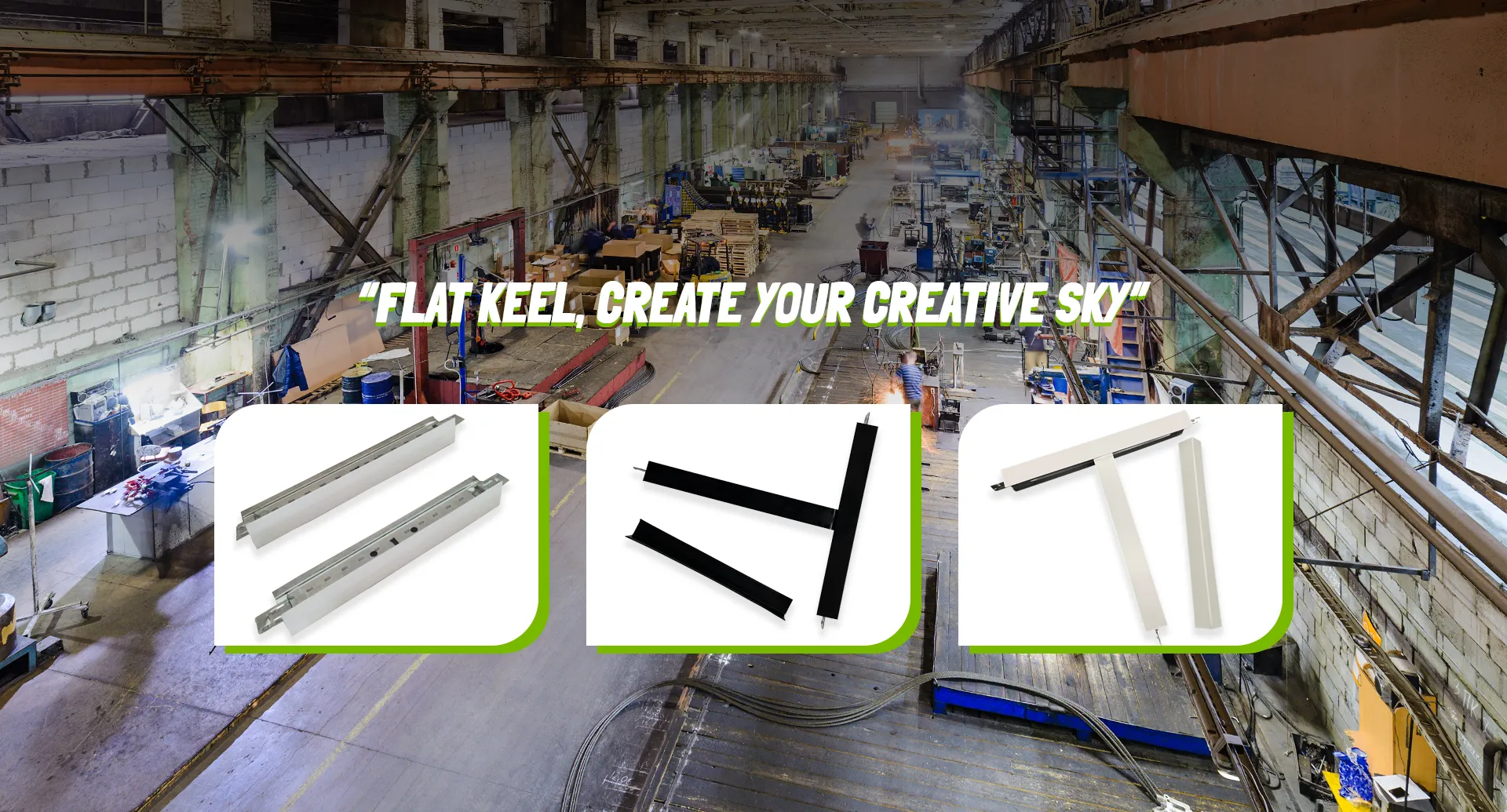Sep . 29, 2024 03:05 Back to list
Understanding the Benefits and Uses of Laminated Gypsum Board in Construction
Understanding Laminated Gypsum Board A Comprehensive Overview
Laminated gypsum board, commonly known as drywall or plasterboard, has become an essential building material in the construction industry. Its versatility, ease of installation, and superior performance in various environments make it a preferred choice for both residential and commercial projects. In this article, we will explore the features, benefits, applications, and future of laminated gypsum board.
What is Laminated Gypsum Board?
Laminated gypsum board is primarily composed of a core made of gypsum, sandwiched between layers of heavy-duty paper or fiberglass mats. This construction provides a smooth surface that is easy to finish and paint, making it ideal for interior walls and ceilings. The laminated aspect of the board enhances its durability and resistance to moisture, fire, and sound transmission.
Key Features of Laminated Gypsum Board
1. Fire Resistance Gypsum is naturally fire-resistant due to its high water content, which evaporates at high temperatures. This makes laminated gypsum board an excellent choice for fire-rated assemblies, providing crucial time for occupants to evacuate in case of an emergency. 2. Moisture Resistance Certain types of laminated gypsum boards are specifically designed for high-humidity areas, such as bathrooms and kitchens. These boards often feature fiberglass facings instead of paper, enhancing their resistance to mold and moisture damage. 3. Soundproofing Laminated gypsum boards can effectively reduce noise transmission between rooms. Acoustic gypsum boards are engineered to provide sound isolation, making them perfect for multifamily housing and commercial spaces where privacy is a concern.
4. Ease of Installation The lightweight nature of laminated gypsum boards allows for quick and easy installation. They can be cut with a utility knife, and their compatibility with various framing systems makes them a go-to material for contractors.
Benefits of Using Laminated Gypsum Board
1. Cost-Effective Solution Compared to traditional plaster, laminated gypsum board is a more economical option for creating walls and ceilings. Its affordability, coupled with low maintenance costs, makes it attractive for builders and homeowners alike.
2. Sustainability Many manufacturers produce laminated gypsum boards using recycled materials and sustainable practices. This contributes to environmentally friendly construction practices, reducing waste and minimizing the carbon footprint of building projects.
3. Aesthetic Flexibility Laminated gypsum boards can be easily finished with paint, wallpaper, or textured coatings, allowing homeowners and designers to create various interior styles. The smooth surface provides a perfect backdrop for creative expression.
laminated gypsum board

4. Versatile Applications The adaptability of laminated gypsum boards allows for their use in a wide range of applications, including residential homes, office buildings, schools, hospitals, and gyms. They can be used for partition walls, ceilings, and even as decorative elements.
Applications of Laminated Gypsum Board
Laminated gypsum board finds its application in various sectors
- Residential Construction Used primarily for interior walls and ceilings, it provides homeowners with a cost-effective way to enhance their living spaces.
- Commercial Projects Offices, retail spaces, and schools often utilize laminated gypsum board for partitioning and interior finishes, promoting efficient design and functionality.
- Industrial Use In warehouses and manufacturing facilities, these boards can help create safe and fire-resistant environments.
The Future of Laminated Gypsum Board
As the demand for sustainable building materials continues to rise, the laminated gypsum board industry is evolving. Innovations in manufacturing techniques and materials are paving the way for enhanced performance features, such as increased moisture resistance and improved acoustic properties. The integration of smart technologies, such as sensors for monitoring humidity and temperature, could lead to smarter building practices.
Furthermore, the trend toward modular construction may increase the adoption of laminated gypsum boards as they facilitate rapid assembly and disassembly in temporary structures. The growing focus on energy efficiency will likely drive advancements in insulation properties created by laminated gypsum boards, making them even more appealing to eco-conscious builders.
Conclusion
Laminated gypsum board has undoubtedly carved its niche in the construction industry due to its numerous advantages, including fire resistance, moisture control, cost-effectiveness, and aesthetic flexibility. As technology continues to advance and the focus on sustainability intensifies, laminated gypsum board will remain a pivotal material, shaping the future of building designs worldwide. Whether you’re a builder, architect, or homeowner, understanding the benefits and applications of this versatile material can lead to smarter choices in construction and design.
-
Quality Ceiling Trap Doors & Access Panels | Easy & Secure AccessNewsAug.30,2025
-
Durable Ceiling T Grid Systems | Easy InstallationNewsAug.29,2025
-
PVC Gypsum Ceiling: Durable, Laminated Tiles for Modern SpacesNewsAug.28,2025
-
Pvc Gypsum Ceiling Is DurableNewsAug.21,2025
-
Mineral Fiber Board Is DurableNewsAug.21,2025
-
Ceiling Tile Clip Reusable DesignNewsAug.21,2025







